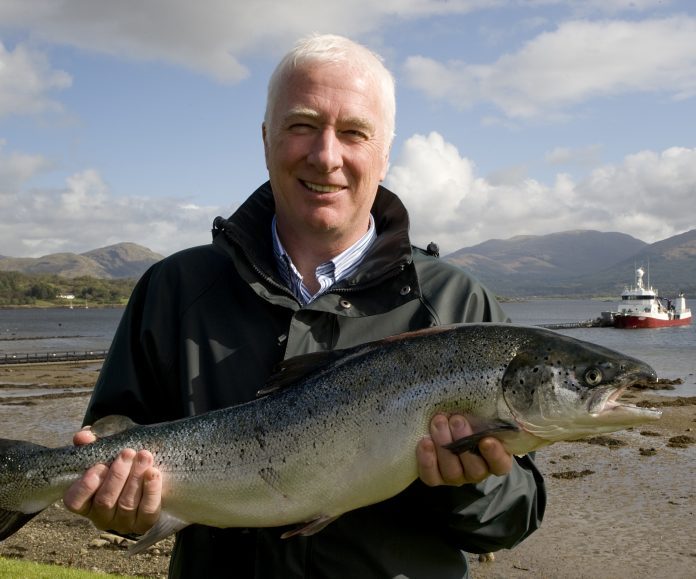Success inevitably attracts detractors and there is no doubt that the success of farmed salmon as Scotland’s top food export has had its share of criticism from some of the wild salmon organizations.
Scott Landsburgh, chief executive of the Scottish Salmon Producers Organisation, responded:
“Let’s set the record straight. Sea lice naturally occur in marine waters and are found on both wild and farmed salmon. Over the last year, the numbers of sea lice were particularly high. In some cases, it was a challenge to reduce the levels, but Scottish salmon farmers invested heavily in cleaner fish and new equipment that can remove them as well as using a range of veterinary medicines to address the issue. The situation is improving now.
“The dramatic media headlines fail to mention that on every farm there is an action plan to continually monitor and manage sea lice levels throughout the production cycle. If, as has happened on a number of farms, the level goes above three adult female lice, the farm notifies Marine Scotland Science and explains its action plan to reduce the numbers. The farm remains in contact with the Government agency until the issue is resolved. In that way, the farm and the Government closely monitor progress and fish health and welfare are always looked after. This is part of a long-standing and extensive exchange of information with the regulators about our fish health standards.
“As any farmer knows, looking after health and welfare requires dedicated husbandry and nowadays the techniques involved have to adapt to changing environmental conditions like warmer water temperatures and exotic algal blooms. In addition, we are in the process of establishing a 10-year fish health strategy in collaboration with Marine Scotland Science to develop new farming methods to future-proof this important sector from any biological or environmental challenges which come its way.
“With the level of investment, the scientific research and dedication of hardworking farmers, sea lice may remain a challenge, but one we can overcome.”

